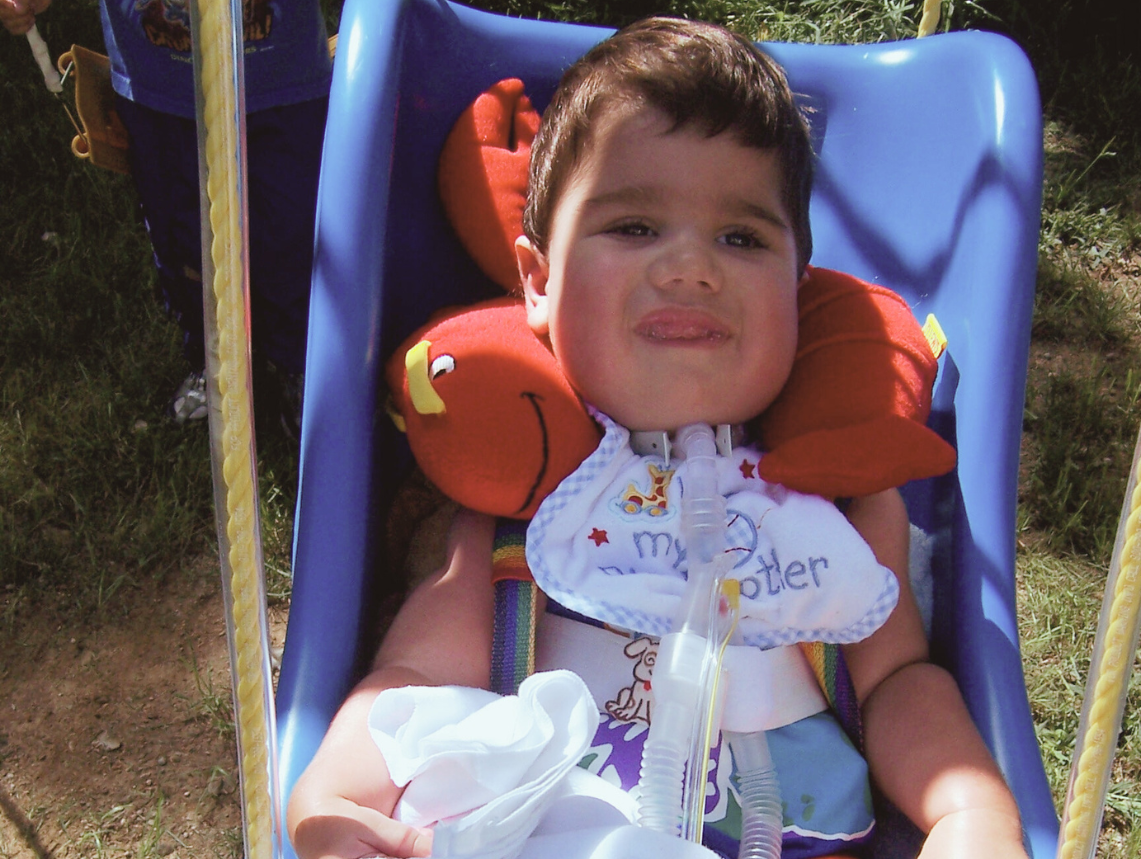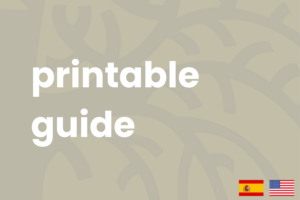Tracheostomy
The prospect of your child needing help to breathe, even temporarily, is naturally scary. Over time, the medical team may ask you to consider tracheostomy. This is a significant medical intervention that requires complex decision-making. For some parents it can feel like one of the biggest decisions they can make for their child, and it can bring up a lot of emotion.

Your Team:
An interdisciplinary specialist who helps manage the medical, social and emotional challenges of complex and/or long-term care.
A physician who cares for patients inside a hospital.
A medical specialist in the diagnosis and treatment of disorders of the respiratory system; the lungs and other organs associated with breathing.
A medical specialist in the diagnosis and treatment of diseases of the ear, nose and throat (ENT).
A medical professional who treats problems with the lungs or breathing.
A specialist with expertise in the diagnosis, treatment, and support of critically ill and injured patients. They often work in intensive care units at the hospital.
A specialist whose aim is to improve the quality of life of their patients over the course of their illness regardless of stage, by relieving pain and other symptoms of that illness.
A complex care clinician, hospitalist, pulmonologist, otolaryngologist (ENT), respiratory therapist, and/or intensive care specialist can help you understand each option being considered. A palliative care clinician can help you identify difficult questions and provide support when considering complex decisions.
Tracheostomy or “trach” is a surgically created opening in the front of the neck and the trachea, into which a tube is placed to keep the airway open. Some children will breathe more easily with the help of a tracheostomy tube, but others will experience limited benefit as their underlying disease progresses. Some will have a trach if a decision has been made to use ongoing home ventilation. Some families initially rely on CPAP or BiPAP as a way to keep their child comfortable while they consider the tracheostomy option.
A clinician might use the term “need” when reviewing the options with you. Ask the team to explain what they mean. “Need” is sometimes used to indicate that if it makes sense to support your child’s breathing chronically, then the best way to do that is with a tracheostomy tube or home ventilation. You will be the best person to determine if the recommended treatment will give your child better days, or if it does not make sense given other complex problems that may continue.
If you are considering mechanical ventilation at home, talk with the palliative team about the impact that having the equipment in your home will have on your family unit. Consider that caring for your child will require the constant presence of a trained caregiver, likely a home care nurse. Depending on where you live, this level of care may or may not be available. This is something you will want to explore before making your decision.
As with everything else in caring for a child with a serious medical condition, circumstances can change with shifts in your child’s health. Sometimes a child has medical problems that grow to overwhelm the treatments available to address them. These medical problems can then change how well your child can remain comfortable and enjoy each day. The palliative team and other specialists can help you consider whether and when treatment may no longer be beneficial. If you have palliative support, those professionals can become the keeper of your goals and check in with you about what is important to you as your child’s condition changes over time.
The CPN guide “Considering Tracheostomy” provides a detailed explanation of the procedure and suggests topics to discuss as a family and with clinicians.
“Families often don’t want the diagnosis (if there is a diagnosis) to define what interventions are considered for them and what interventions are not…They want the team to understand their child and make interventions based on their goals of what will help their child live as best as possible for as long as possible.“
– Elliot R., clinician
Related Resources
-
 Decision-making about a trach for my son: palliative care appreciates that it can be a loving decision not to do everything.video
Decision-making about a trach for my son: palliative care appreciates that it can be a loving decision not to do everything.video -
 Considering Tracheostomyguide
Considering Tracheostomyguide -
 You can still find a place for the vent and do fun things.video
You can still find a place for the vent and do fun things.video -
 Tracheostomy: It’s a big decision. What will be the impact on the family?video
Tracheostomy: It’s a big decision. What will be the impact on the family?video -
 With this one exact statement, I began to question what being a good parent was truly about.BLOG
With this one exact statement, I began to question what being a good parent was truly about.BLOG -
 Tracheostomy / Trach: Two Children, Two Moms, Two Different Decisionsvideo
Tracheostomy / Trach: Two Children, Two Moms, Two Different Decisionsvideo